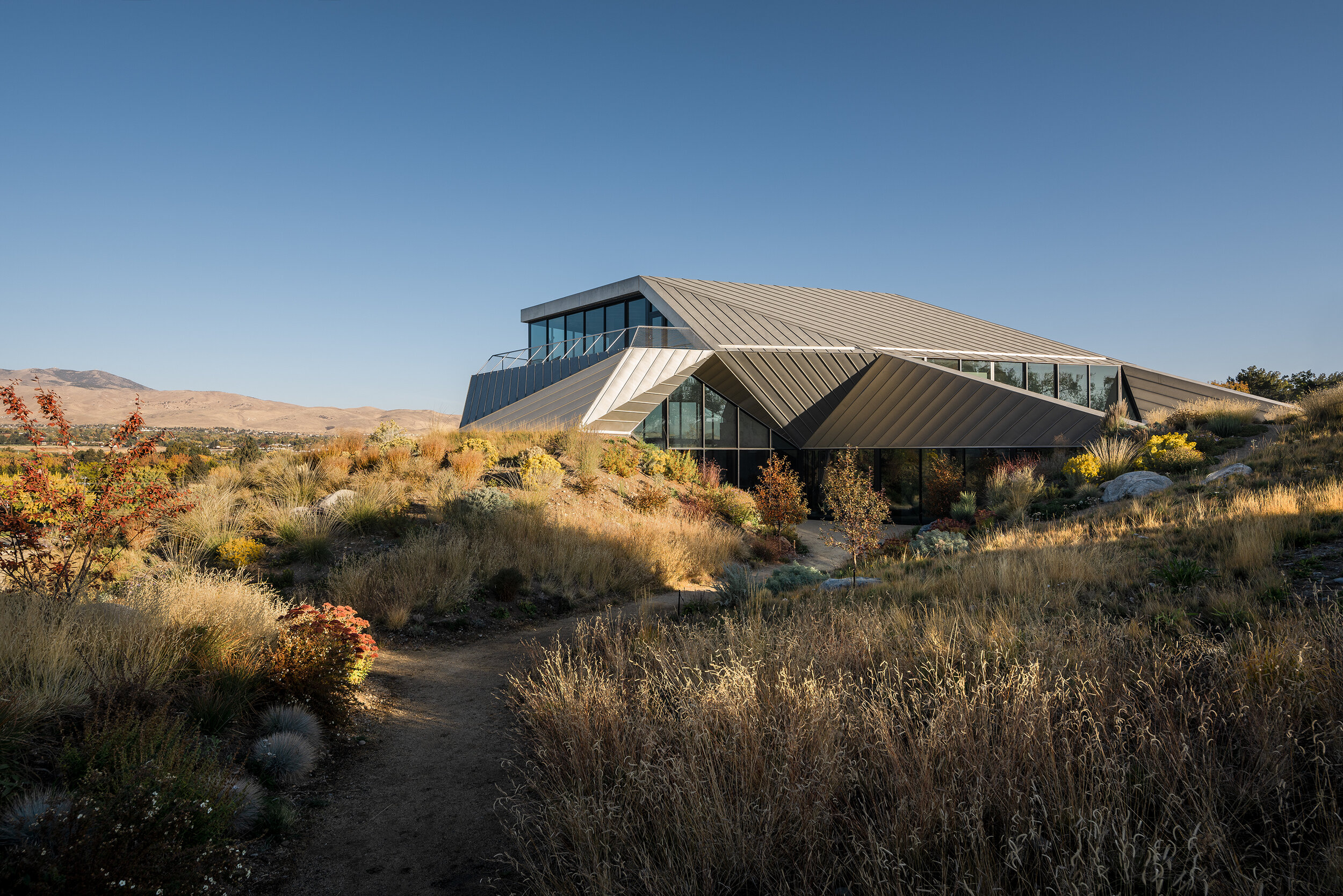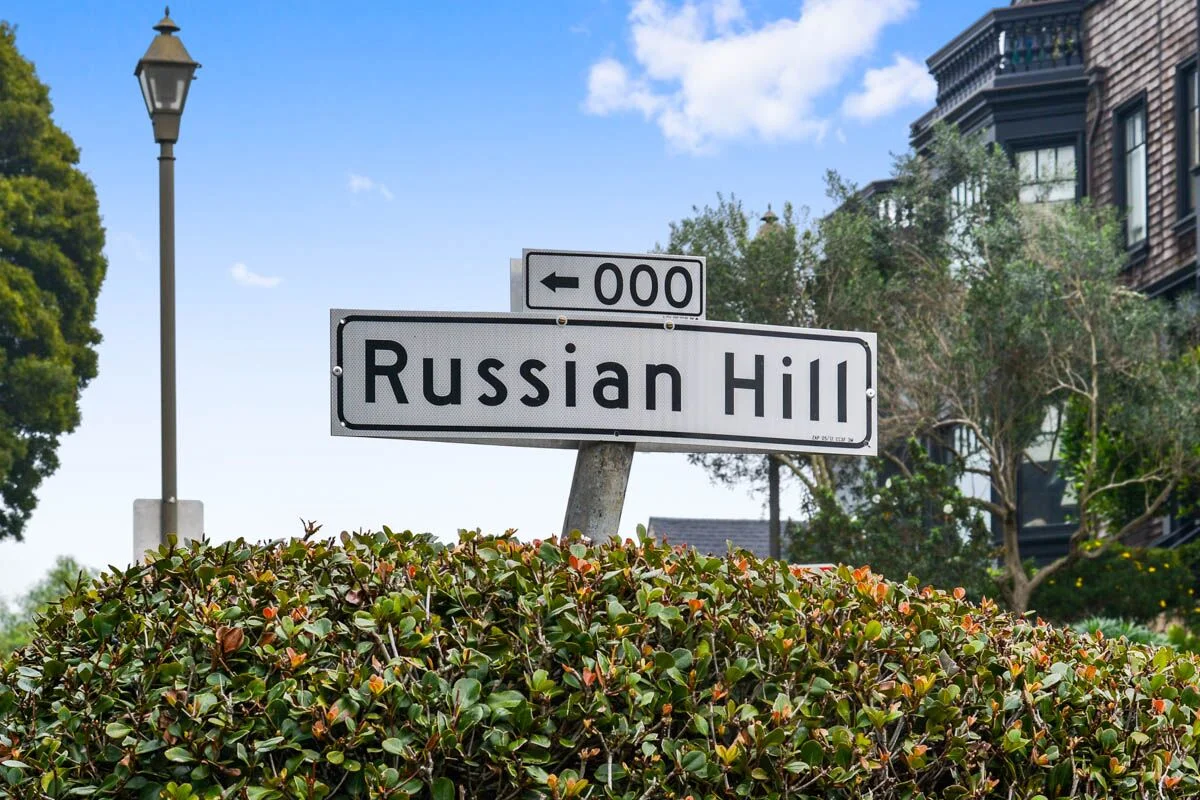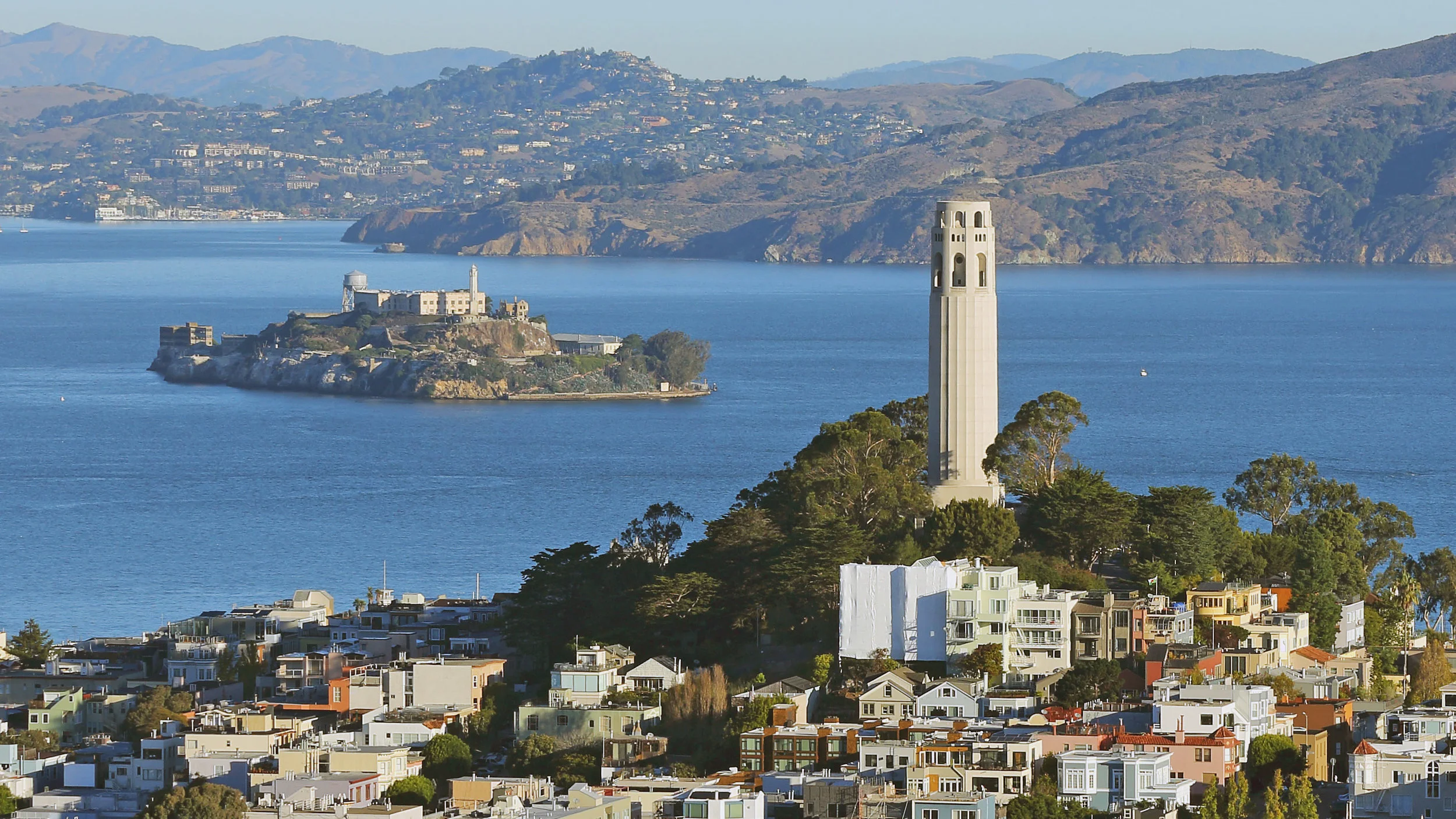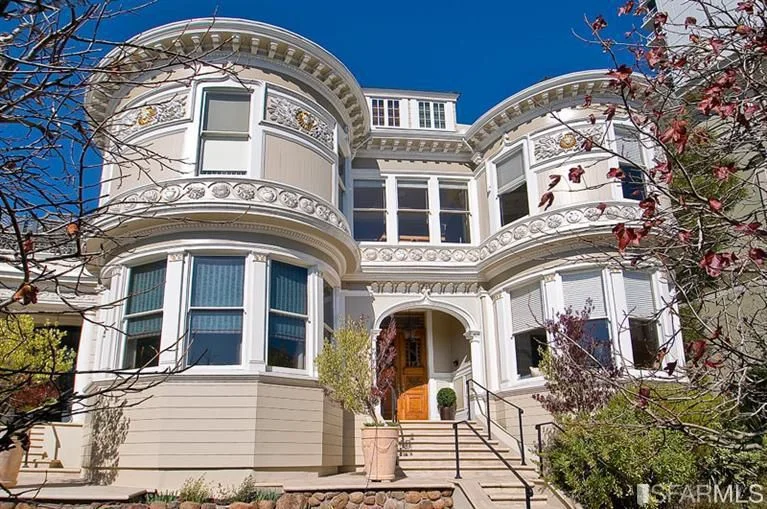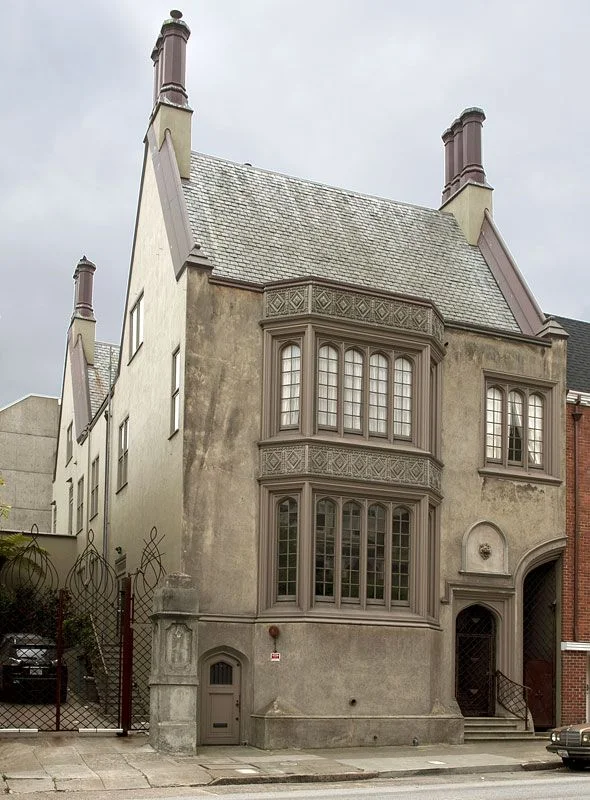INTERVIEW: OGRYDZIAK PELLINGER ARCHITECTS
/Experiences In Space
By CAENLUCIER
Driven by a humanistic approach to design theory and a willingness to push beyond conventional boundaries, Luke Ogrydziak and Zoe Prillinger guide their adventurous clientele along the journey of bringing an idea to life. This husband and wife partnership has created a progressive San Francisco-based office that has undertaken projects ranging in scale from institutions to private homes, as well as interior and object design. Founded in 2000, OPA is idea-driven and committed to finding design solutions that both expand the possibilities inherent in architecture and resonate within their particular context. We sat down with Luke and Zoe recently to learn more about their practice and passions in life.
LUKE OGRYDZIAK & ZOE PRILLINGER
CAENLUCIER: What is your current state of mind towards your practice?
Luke Ogrydziak & Zoe Prillinger: Our projects are always exploring new ground, so we’re excited to see some that are about to be realized as they begin construction. Architecture can be an excruciatingly slow profession in many respects—but construction is always exciting and fun. Our projects are forward-looking, and our latest introduce elements of organic materiality that we think will be compelling. This has been a breakout year for us in terms of international media coverage. So, we are curious to see what new projects might emerge this fall.
CL: When did you know that architecture would be your life’s work?
LO: Freshman year of college. I took an introductory design studio and was hooked.
ZP: Luke and I were in studio together at university. He was an amazing designer from the start—really operating at a different level. I made a dramatic but committed swerve from classical archaeology into architecture in high school. Alphabetically quite similar disciplines, but otherwise unrelated!
CL: How did your formal architectural studies shape your outlook towards design?
We both went to Princeton, which has a strong emphasis on history and theory. So, we learned to complement our time in studio designing with time away from the studio thinking. We were educated to “read” cultural productions of various historical periods such as architecture, art, and literature. In this sense, architecture as a discipline is always reworking its language, and returning to confront the same issues at any point in history. Within this context, we try to do work that is meaningful, and will hopefully itself be historically relevant.
SHAPESHIFFTER | RENO, NV
CL: What’s your intellectual process when beginning a design project?
Every project is a different journey. It starts dreamily, with the client, the site, the aspirations, and there’s a very pleasant period when ideas that aren’t quite fully formed start to emerge out of the mist. Recognizing and testing the good ones comes next. Through a combination of looseness and discipline, we clarify a project narrative and refine it throughout the process.
CL: When you dream of a perfect client, what qualities do they have?
Curiosity and confidence in their own opinions.
CL: When you collaboration with each other is at its best, what does it look like?
It’s a best idea wins situation, but also a bit of a mind-meld. Luke and I have been working on projects together since we were eighteen, so we worked out the competitive skirmishing long ago. We have very different strengths, but I trust his opinion almost implicitly. If he likes an idea that I’m excited about but still feels tenuous, that means it’s worth pursuing. He knows he can trust me to keep an eye on the big picture and sift out distractions. We both want to do work that’s worth doing, and together we cultivate a joint sense for what will be rewarding or meaningful.
CL: What do you see on the international design stage that inspires you?
LO: For me the most exciting thing right now is a much more nuanced integration of emerging technologies into the design process. New methods of fabrication are creating possibilities we could barely have imagined several years ago.
ZP: I enjoy the new forms and approaches that arise from the fusion of regionalism and contemporary architecture that we’re seeing from less-developed countries in Africa, Asia, and Europe. They breathe life into what can at times seem a weary discipline.
SOFTIE | STRAWBERRY POINT, MARIN COUNTY
CL: What building do you wish you had designed?
LO: Kunsthal Rotterdam by OMA
CL: Which architects from the past inspire you?
Francesco Borromini, Karl Friedrich Schinkel, Le Corbusier, Adolph Loos, Alvar Aalto, Kazuo Shinohara.
CL: Of your contemporaries, whose work is interesting to you?
LO: Jürgen Mayer, Ensamble Studio, Ryue Nishizawa
CL: Does OPA have a signature design viewpoint?
Yes. Our design work explores new architectural languages—extensions of Modernism transformed both by conceptual narratives and current technologies. We like architecture that has life, that is slippery and changeable, that is incalculable, that comes with surprises, and that continues to surprise as something never fully grasped. It’s a feeling, not an image.
CL: You are involved with jury panels. What do you look for when assessing a contest submission?
Does this project represent a legible, intelligent position that is relevant to our current world? Does the project take risks?
TELEGRAPH HILL | SAN FRANCISCO, CA
CL: Next stop on your travel list?
We are just back from Italy (Rome and Naples). Our next stop is Australia!
CL: What is your favorite weekend getaway?
Santa Cruz and the Monterey Peninsula.
CL: Favorite restaurants?
Cotogna San Francisco and Acunzo in Naples
CL: What are you currently reading?
LO: The Enigma of Reason by Hugo Mercier and Dan Sperber
ZP: Rome by Robert Hughes, a pile of stuff by Stefan Zweig
SOUTH PARK | SAN FRANCISCO, CA
VISIT OPA WEBSITE
Photo credits: Bruce Damonte, Joe Fletcher, Tom Griffith



